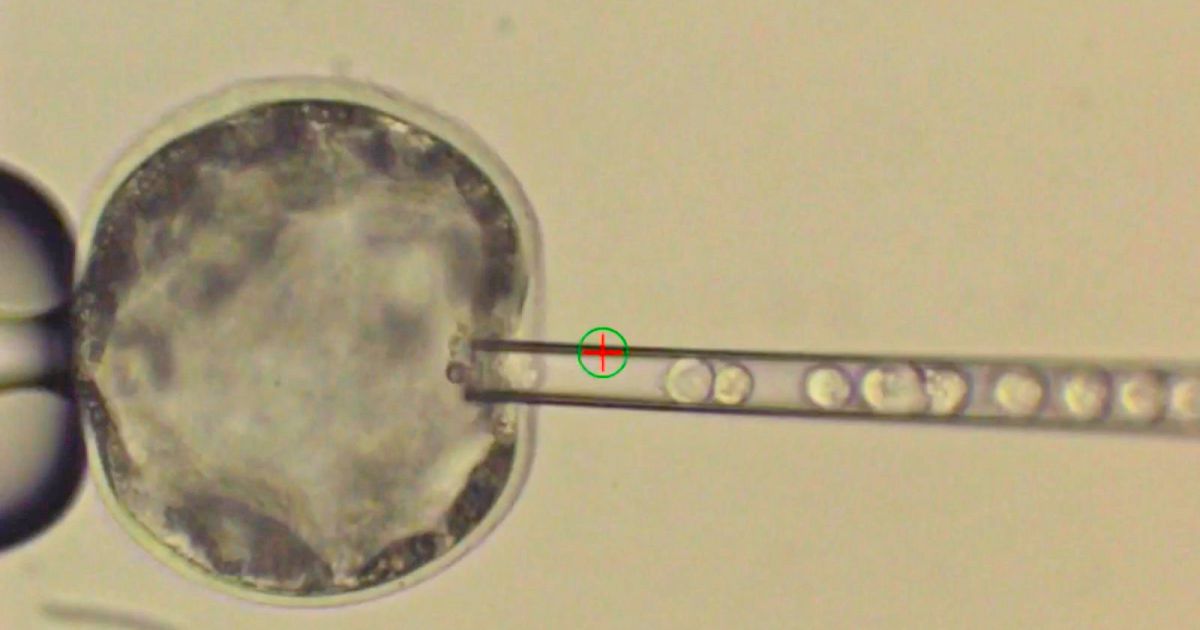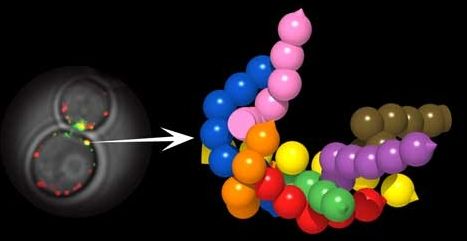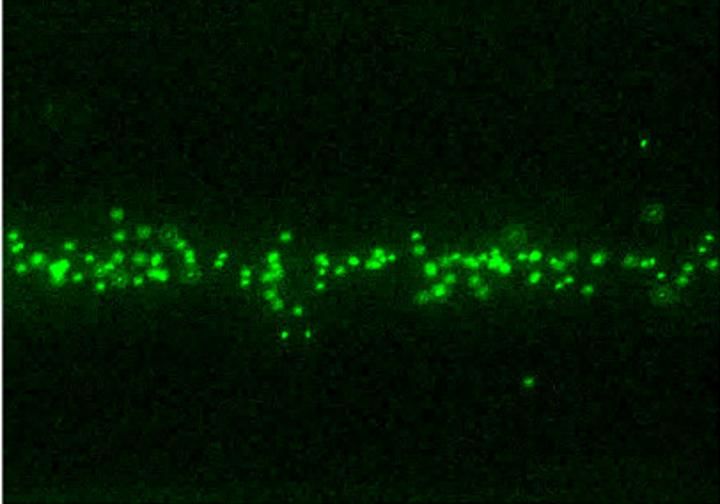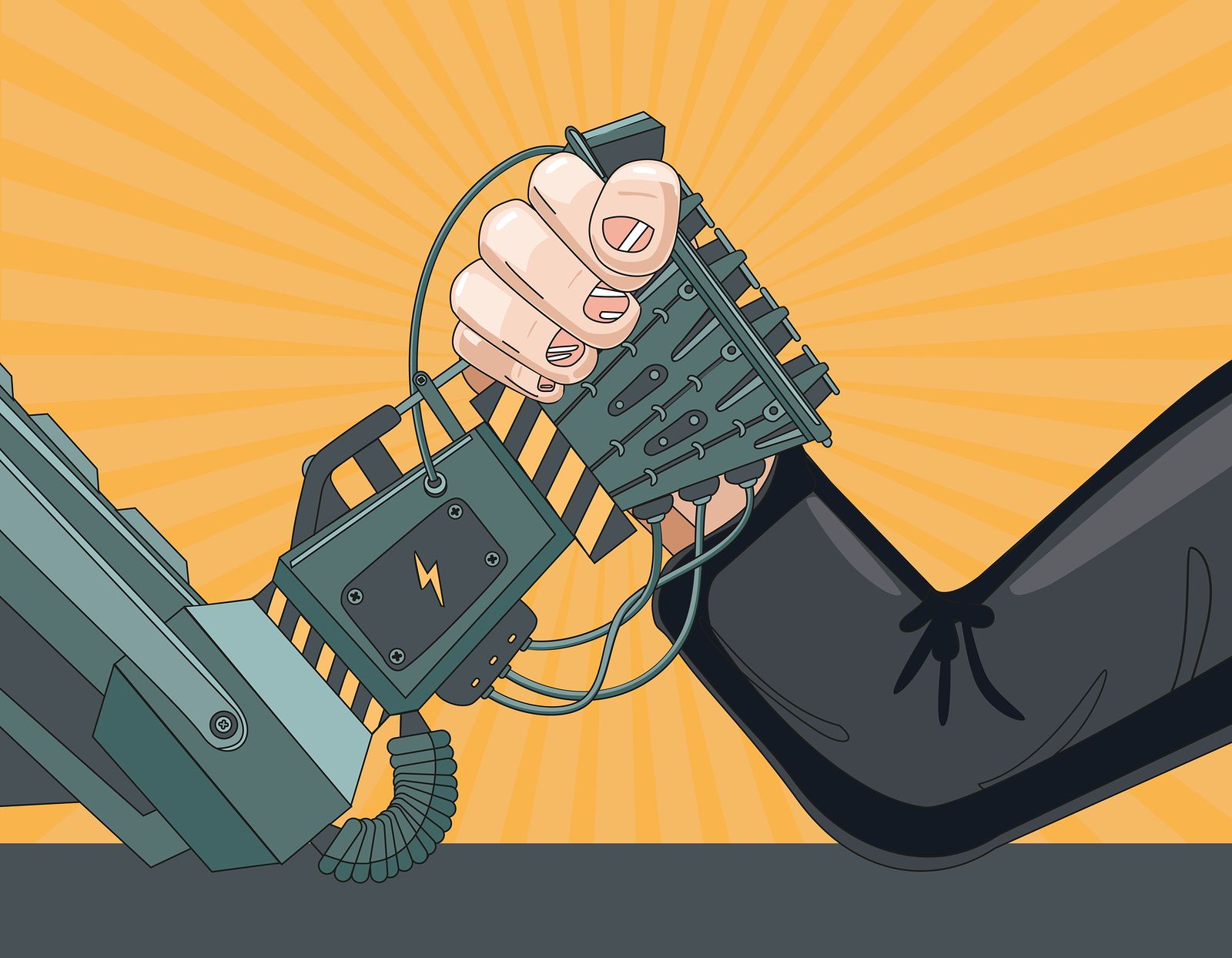For nearly 100 years, scientists have dreamed of turning the lightest of all the elements, hydrogen, into a metal.
Now, in a stunning act of modern-day alchemy, scientists at Harvard University have finally succeeded in creating a tiny amount of what is the rarest, and possibly most valuable, material on the planet, they reported in the journal Science.
For metallic hydrogen could theoretically revolutionise technology, enabling the creation of super-fast computers, high-speed levitating trains and ultra-efficient vehicles and dramatically improving almost anything involving electricity.









